
The Jewish cemetery in no man’s land
How did the largest and oldest Jewish cemetery in Switzerland come to lie in a wooded no man's land between the villages of Endingen and Lengnau in the north of the country?
It began in 1646, when Swiss authorities decided to expel all Jews from the country. But because no other nation wanted to take them in, they were finally allowed to stay in the county of Baden, an area situated west of Zurich which was the subject territory of all Swiss Confederates.
The bailiff of Baden was not opposed to the idea, since he was assured of receiving high protection money and taxes from the Jews. But the town of Baden did not want them, and the Jewish families therefore moved to the villages of Lengnau and Endingen in the nearby Surb Valley.
Proximity to Baden was important, since the Jews were only allowed to work as peddlers and traders and they could do some modest business there. For decades it was the only place where they were allowed to live.
Similarly, the Jews were only allowed to bury their dead on a small island in the Rhine river near Koblenz. Since this so-called “Jewish islandExternal link” was repeatedly devastated by floods, in 1750 the Jews of the Surb Valley asked for a cemetery to be built near their villages. They managed to buy a piece of land on the road between Lengnau and Endingen for 340 gulden, and they built a burial site.
Over the years, the cemetery was enlarged several times, and today it contains around 2,700 graves and has been listed as a cultural heritage site of national importance since 1963.
Around 18,600 Jews live in SwitzerlandExternal link, corresponding to 0.4% of the population. Two Jewish families still live in Endingen and Lengnau. In the middle of the 19th century, half of the population was Jewish. Synagogues, rather than church buildings, mark both village centres.
(Text adapted from German)
Adapted from German/ug






























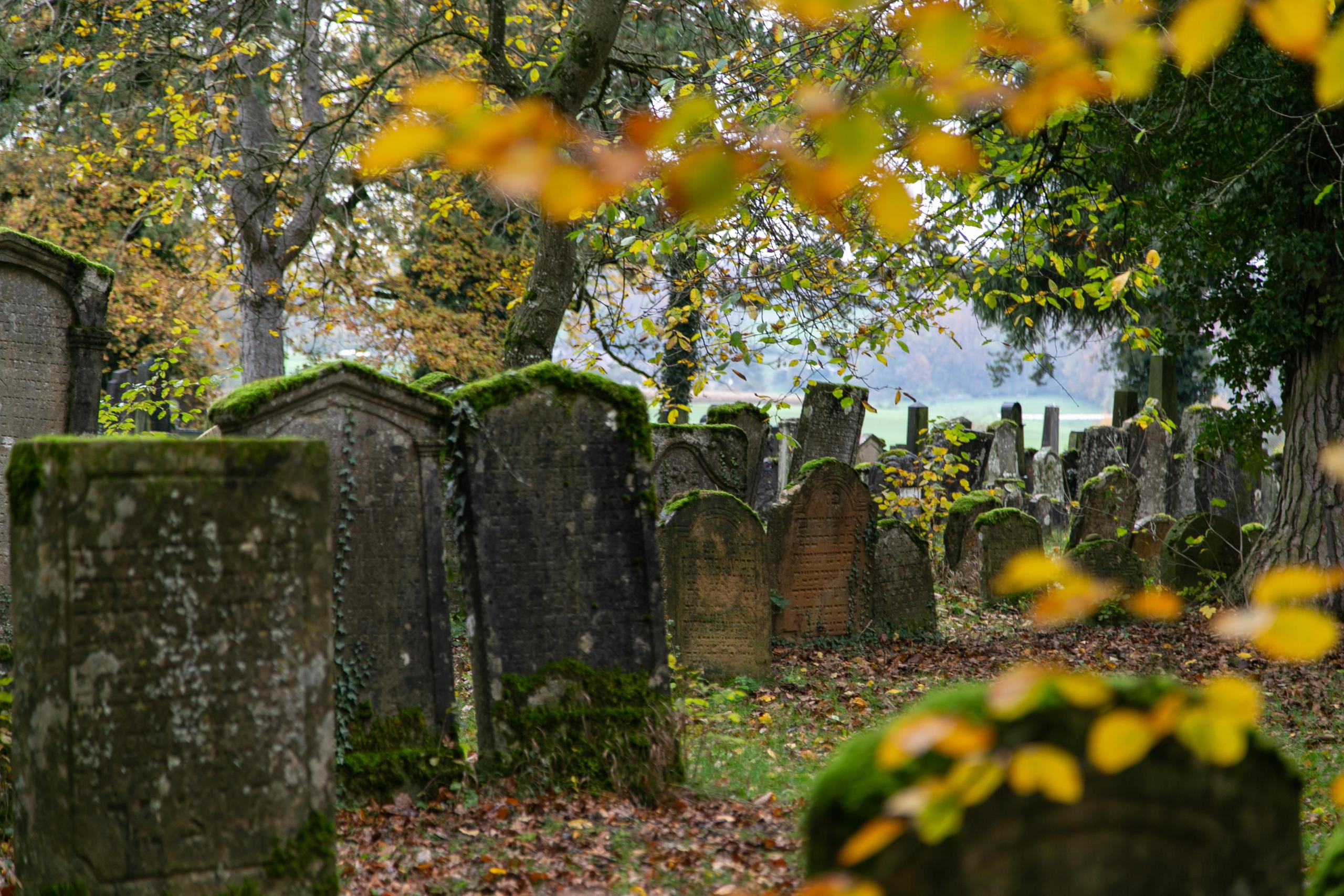
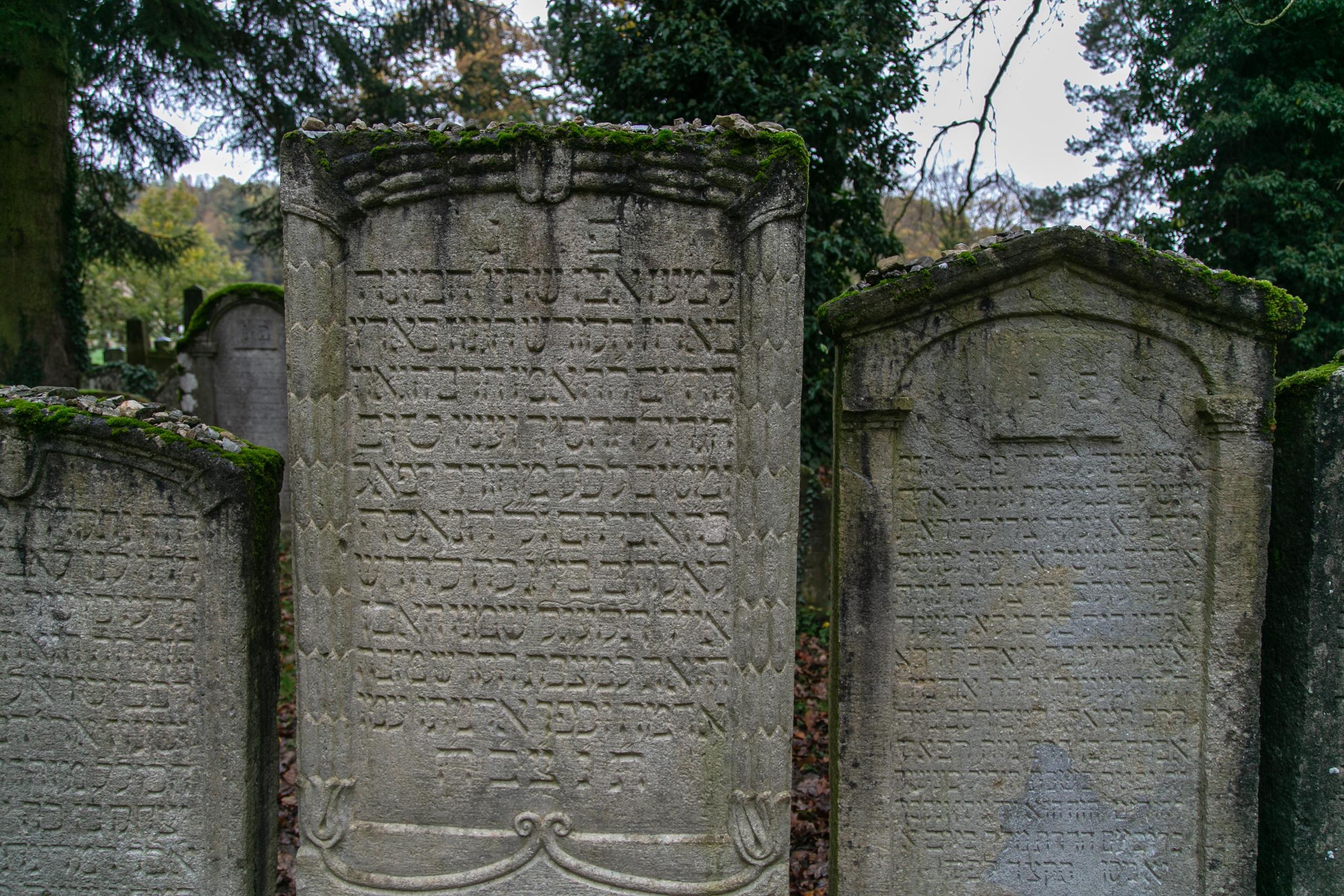
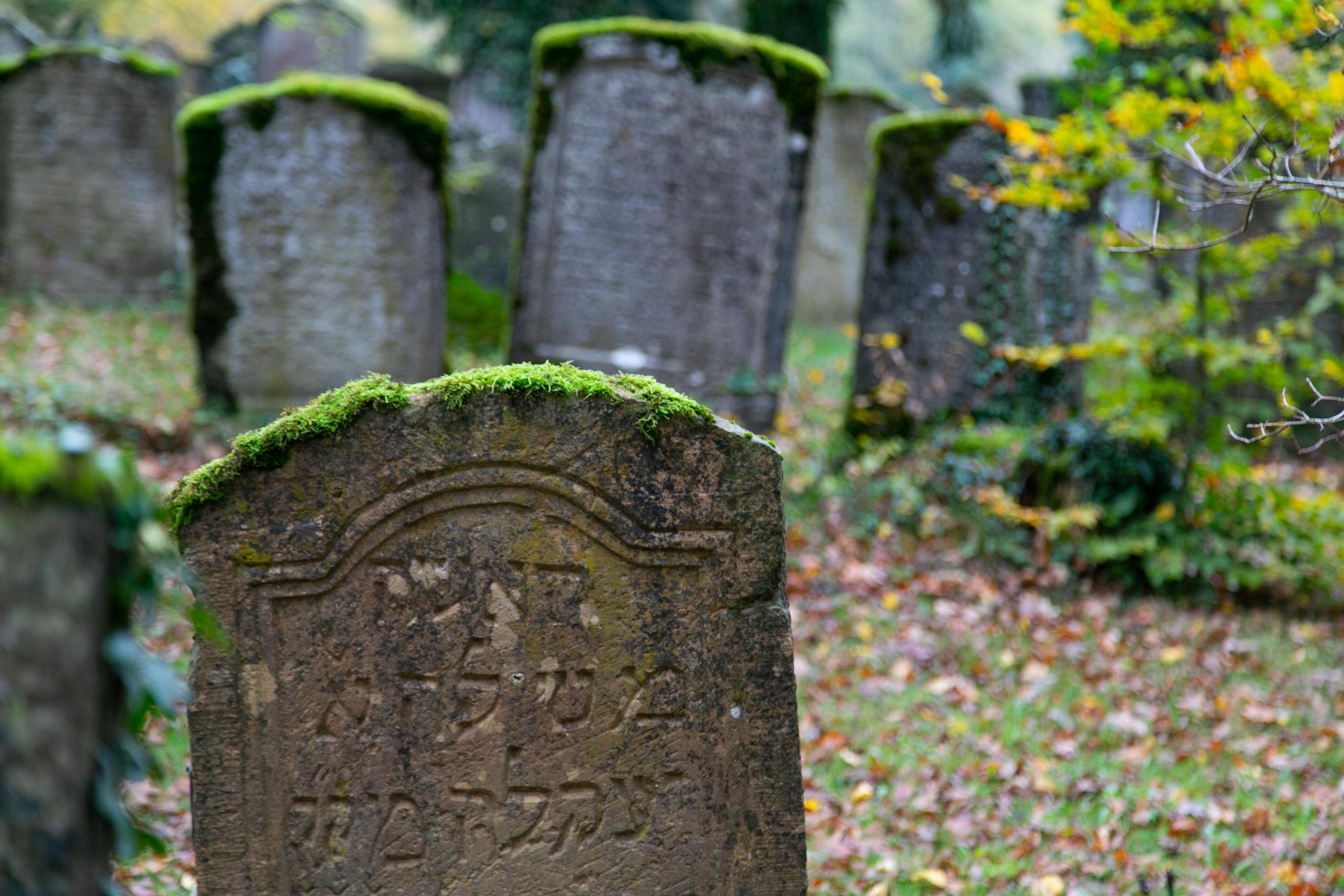
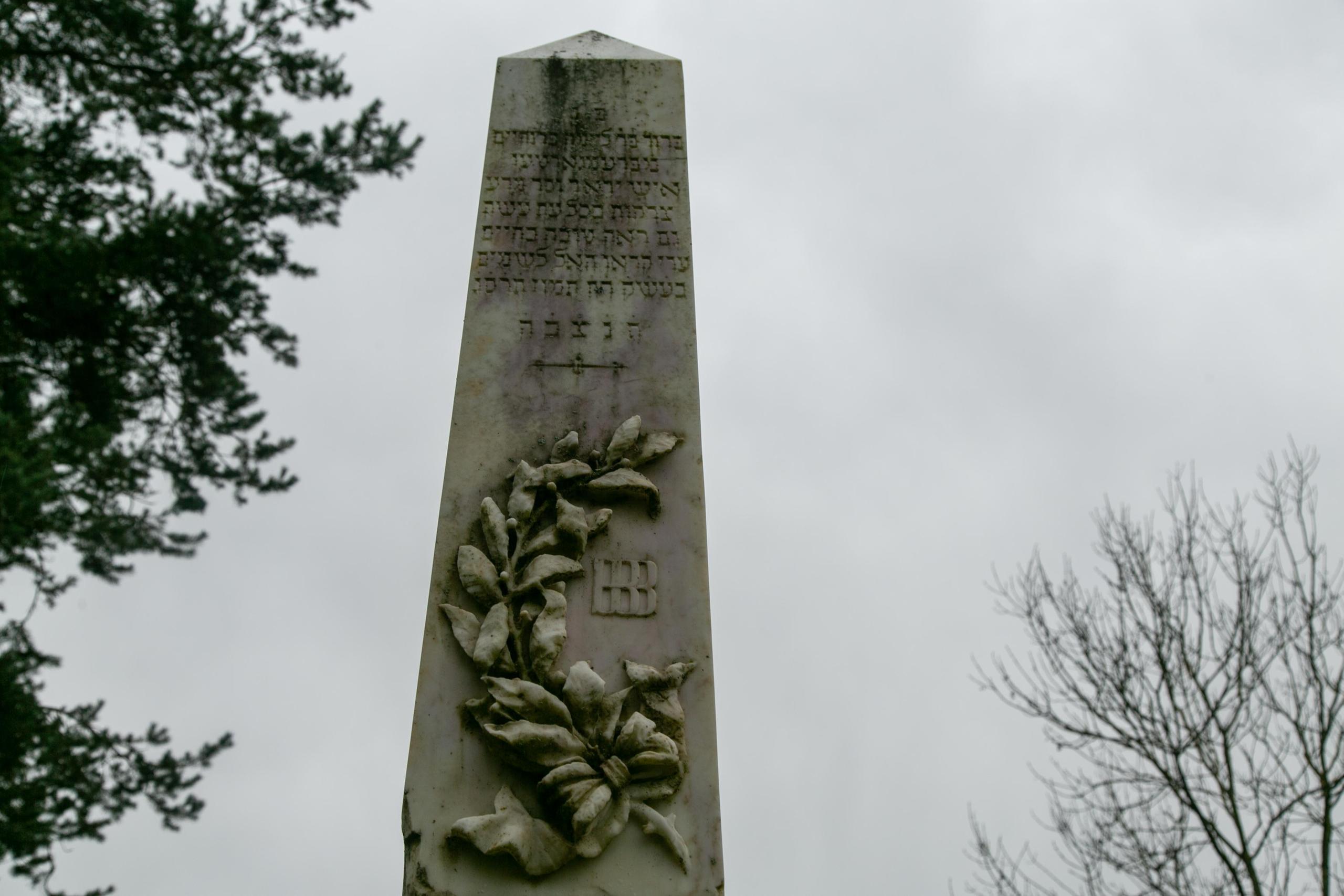
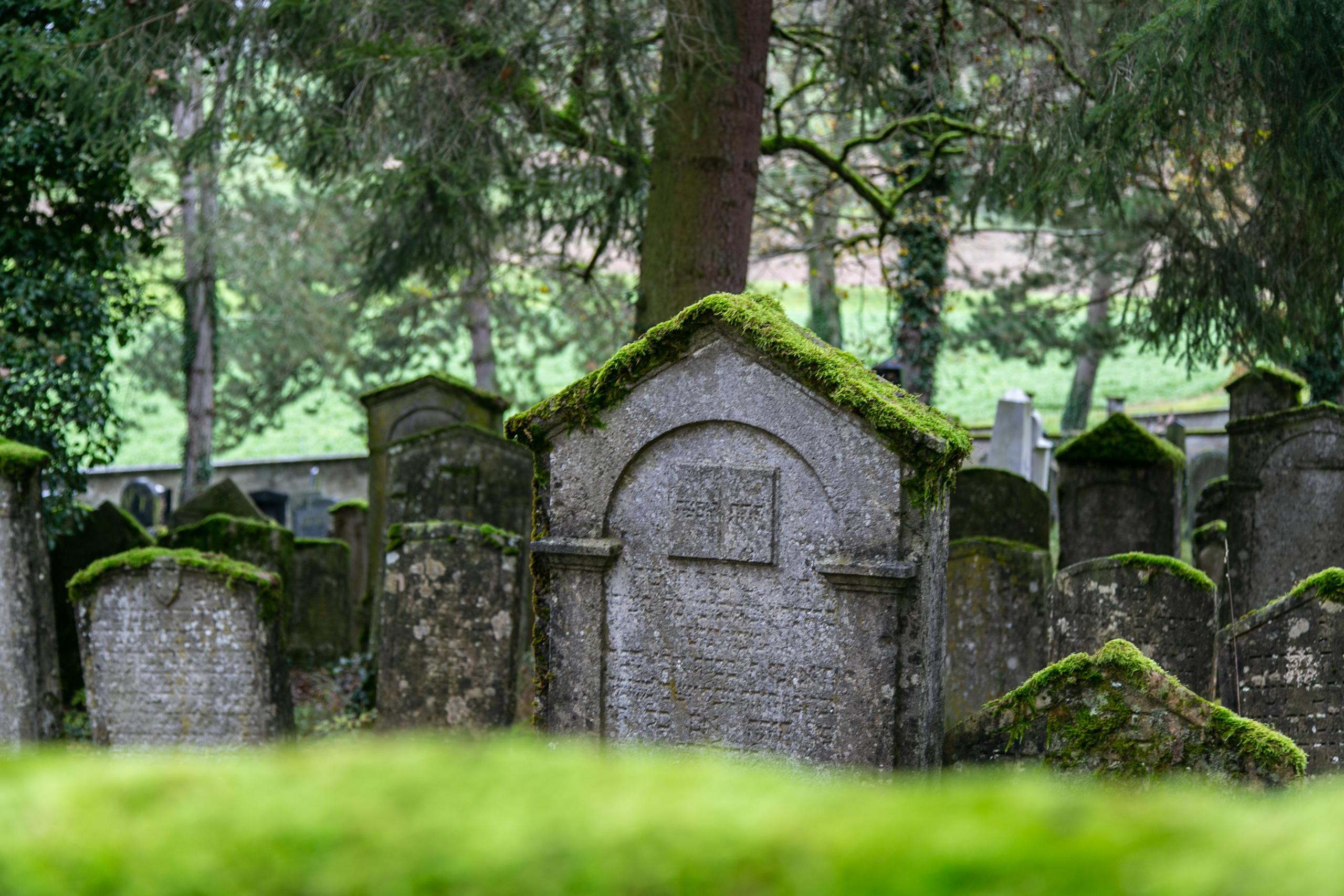
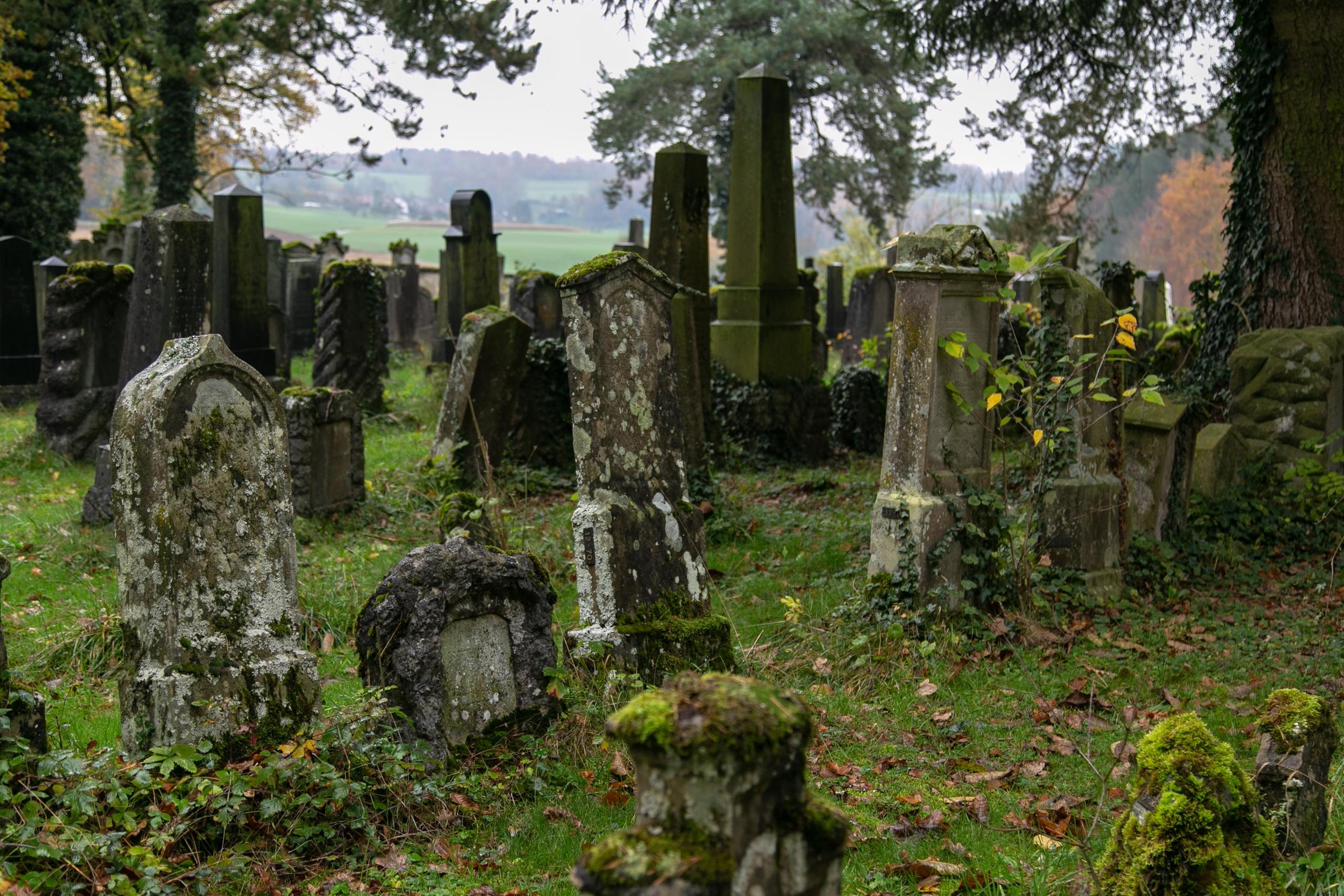
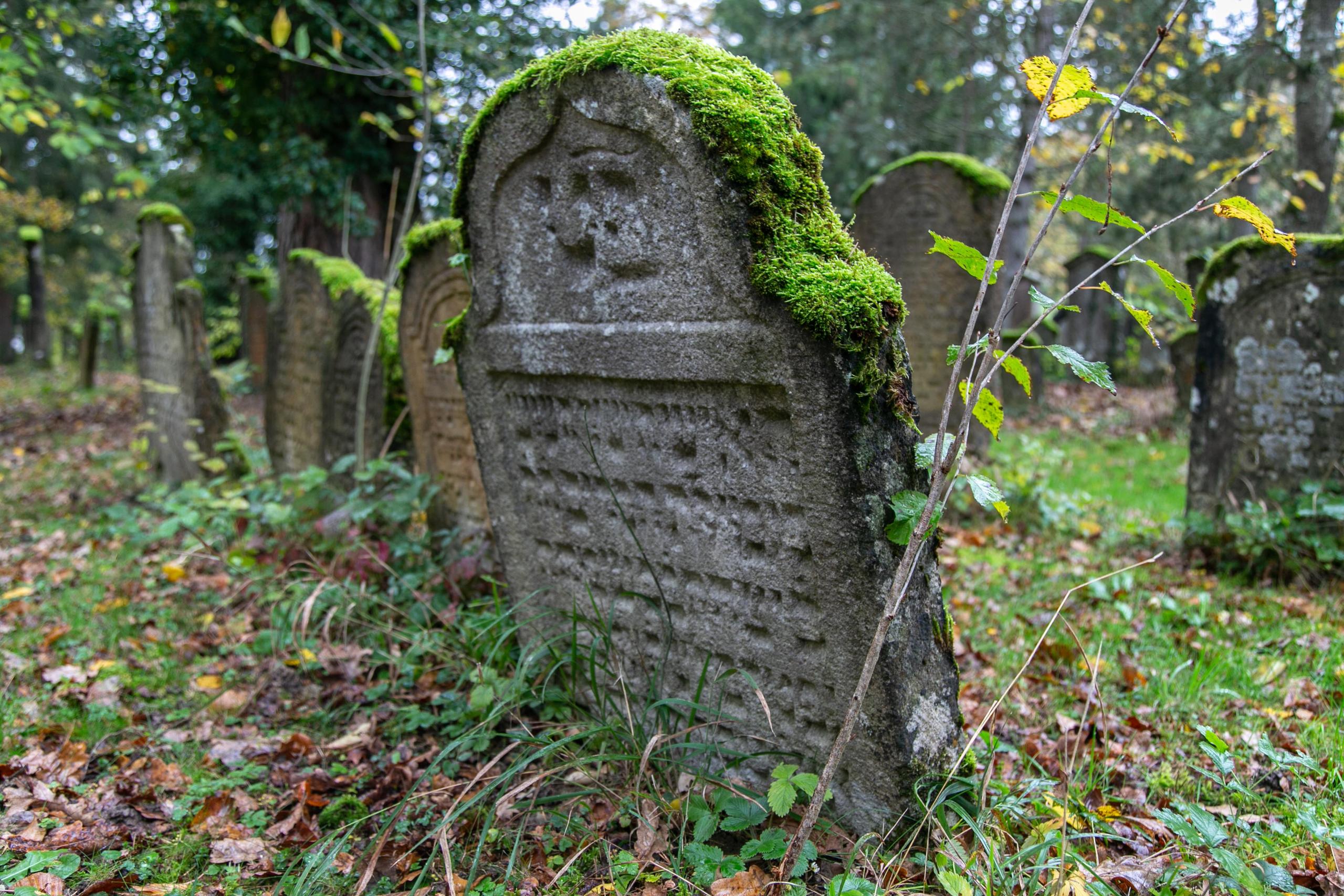
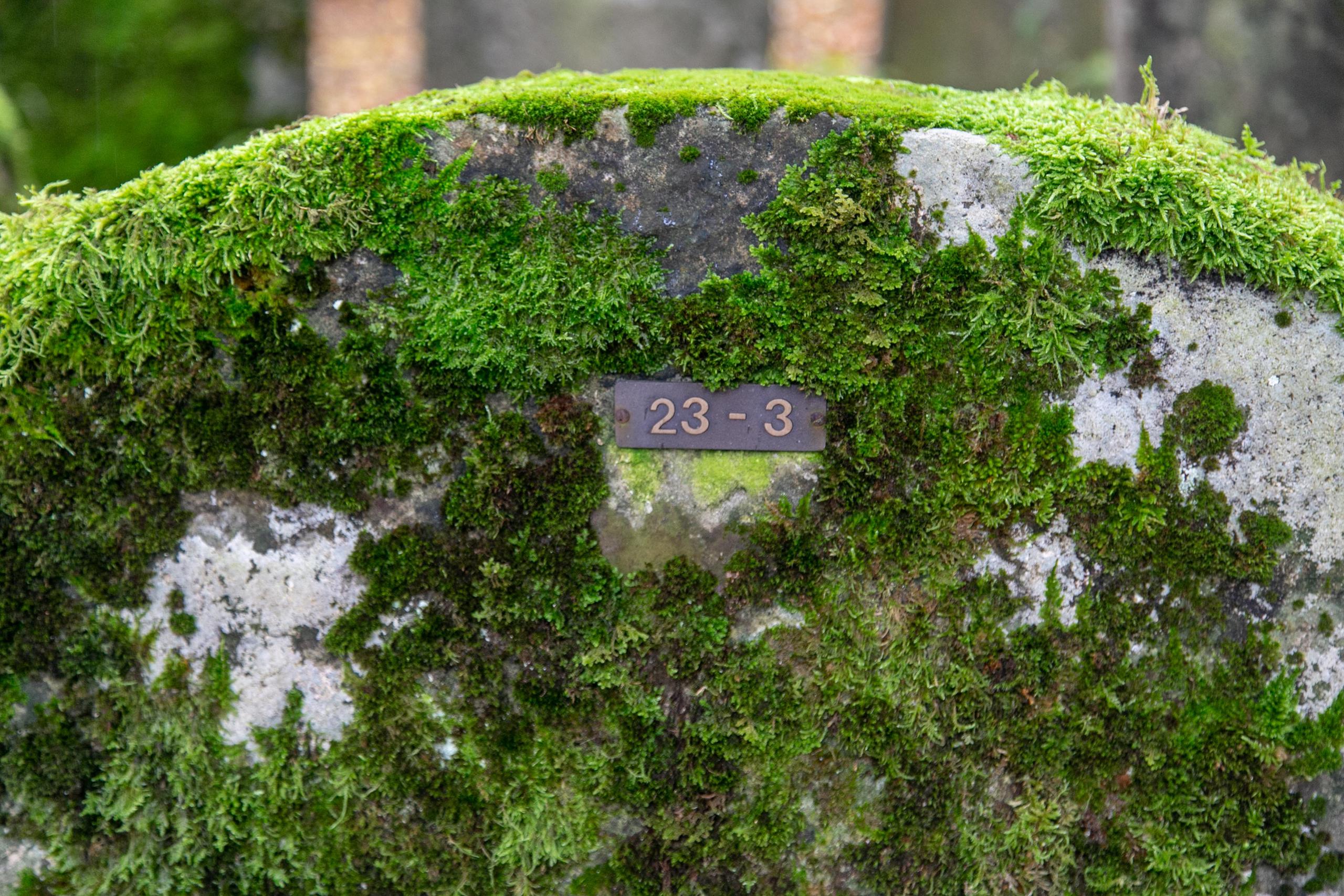
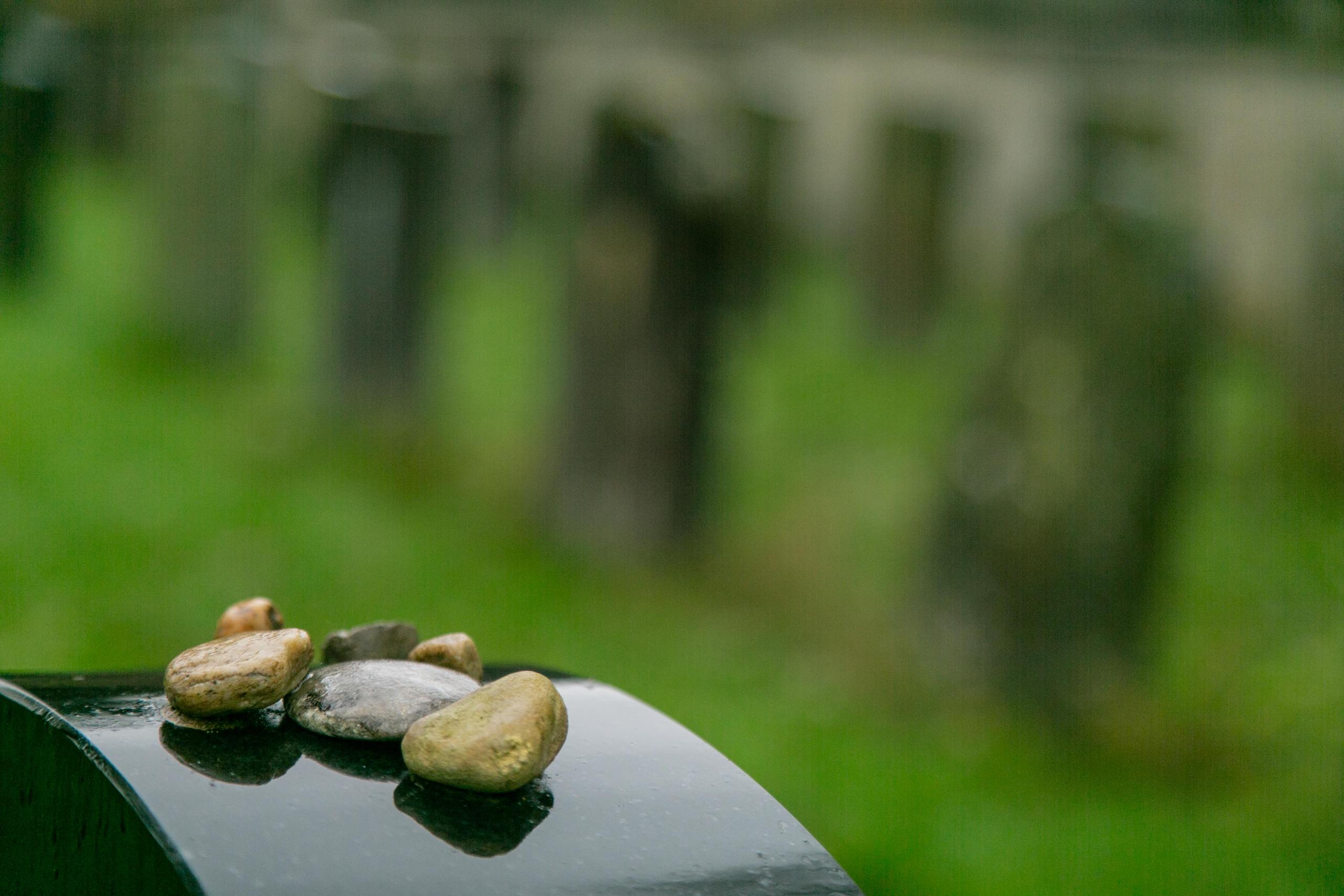
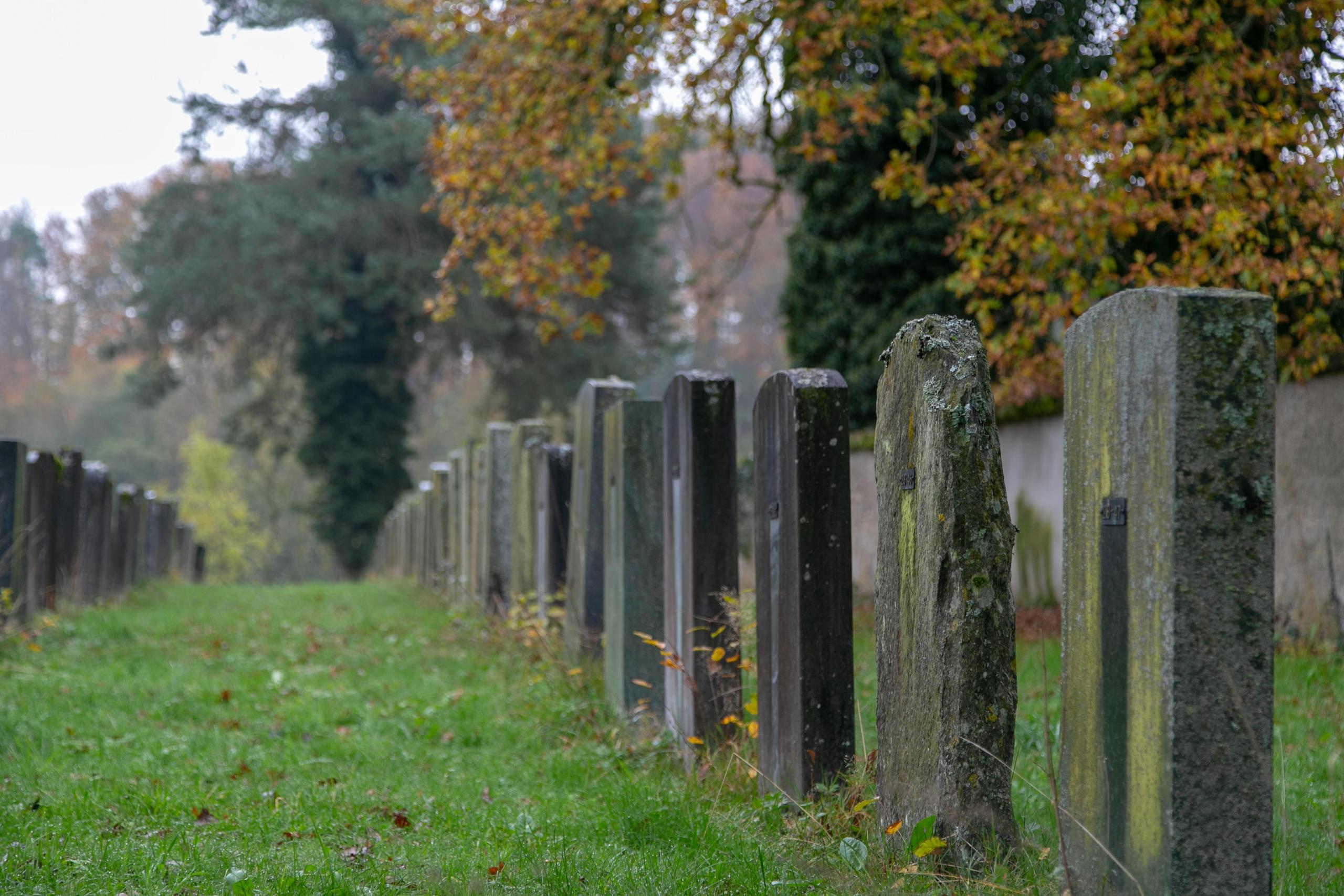
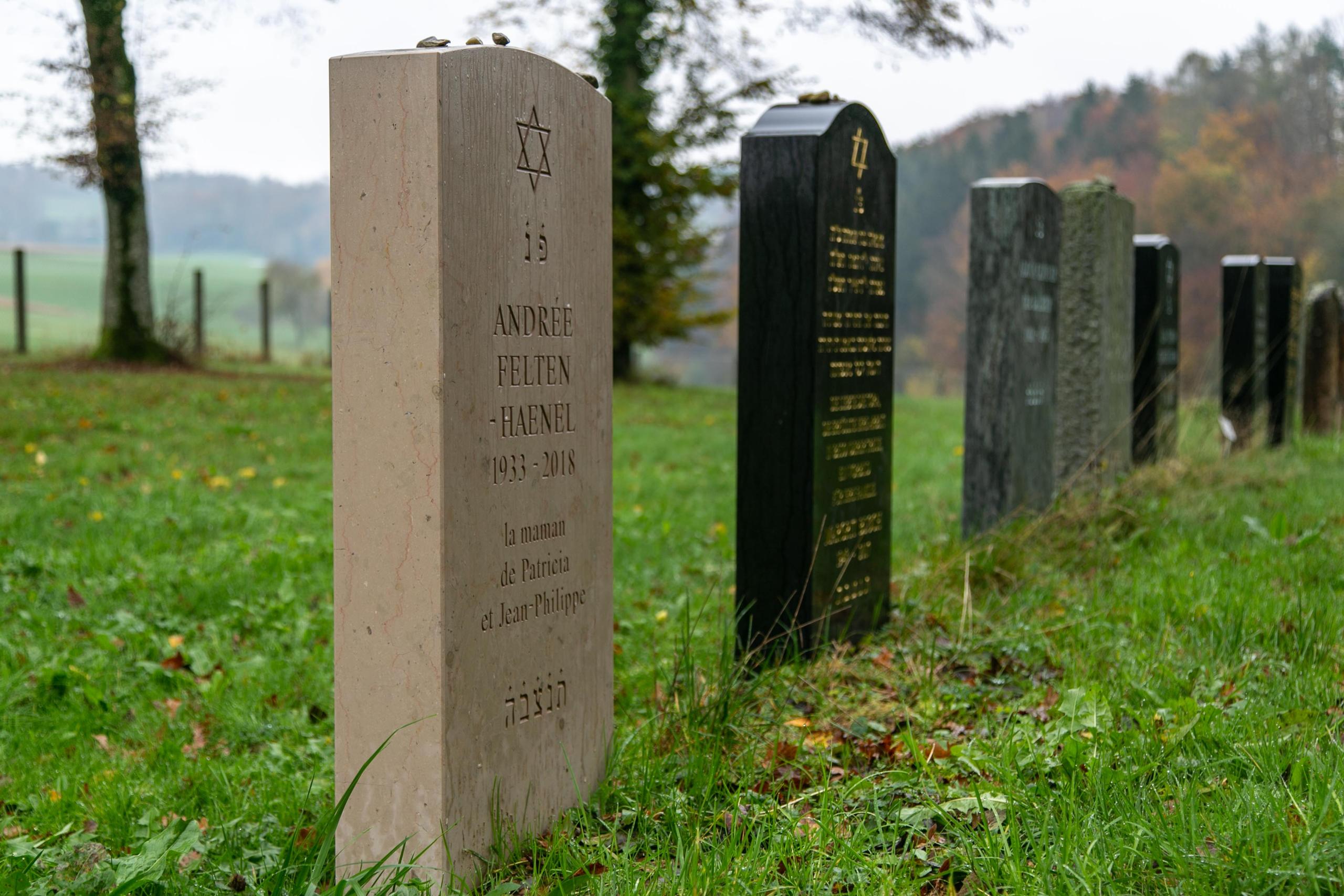
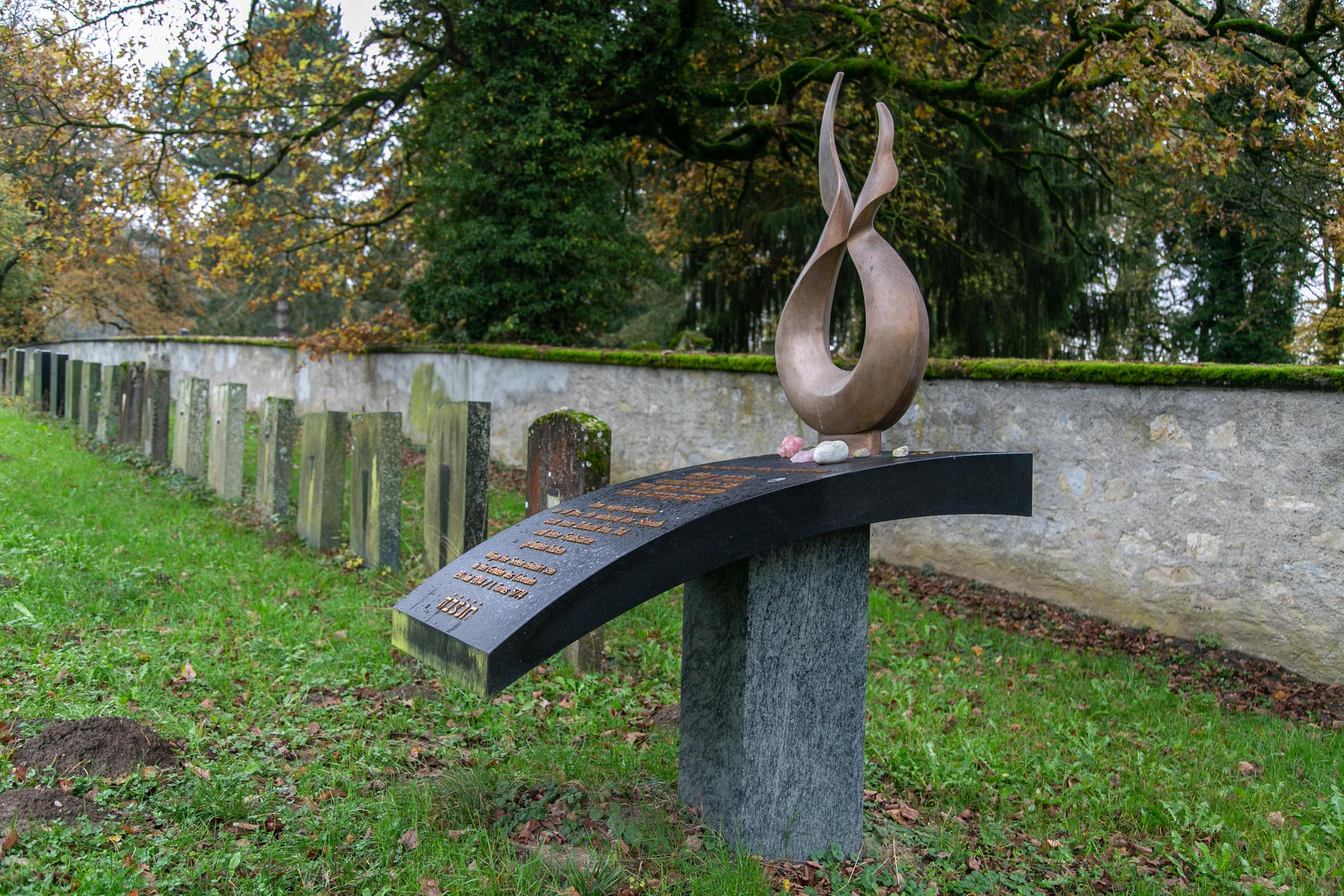

You can find an overview of ongoing debates with our journalists here . Please join us!
If you want to start a conversation about a topic raised in this article or want to report factual errors, email us at english@swissinfo.ch.